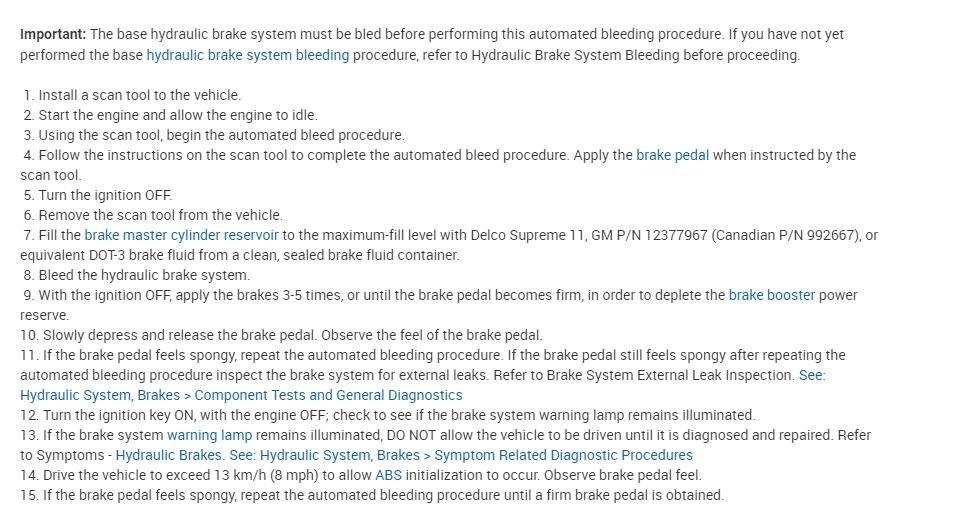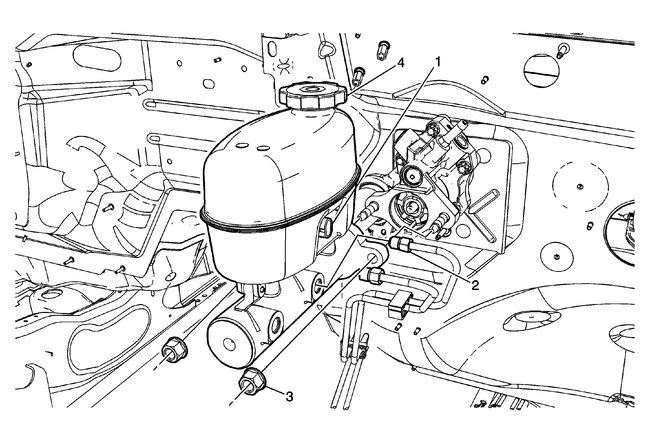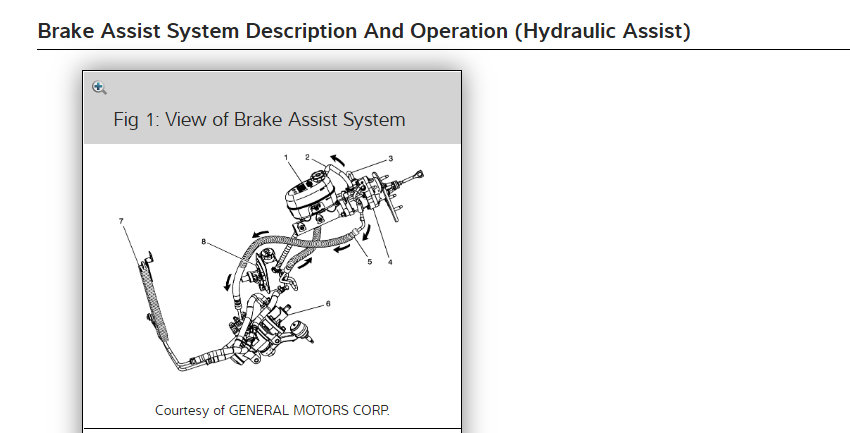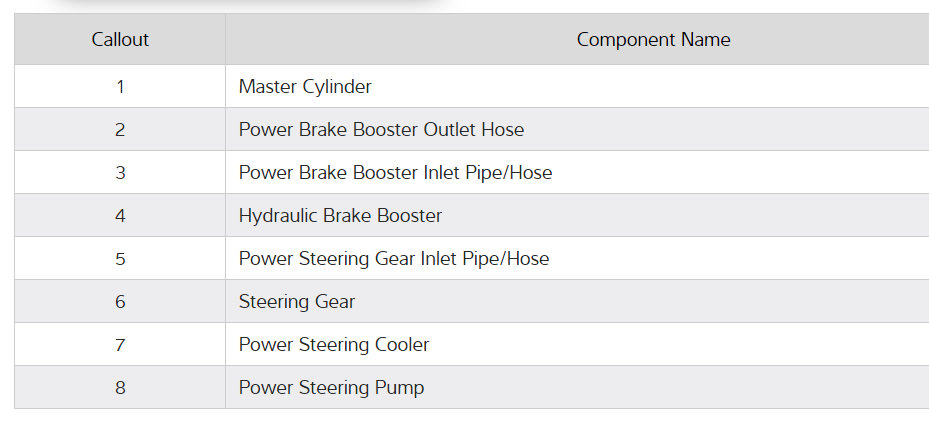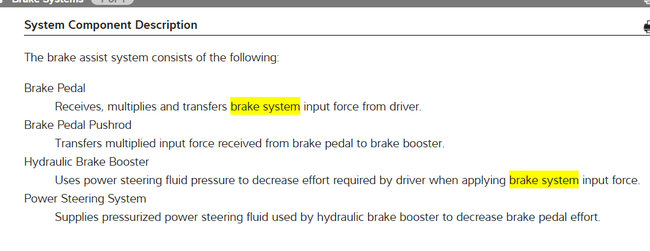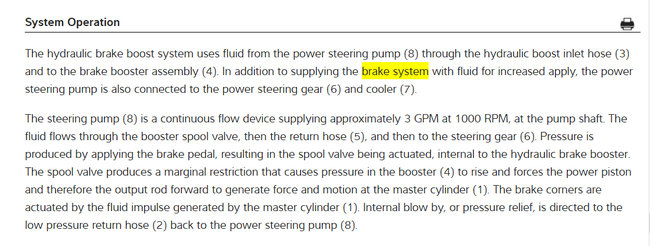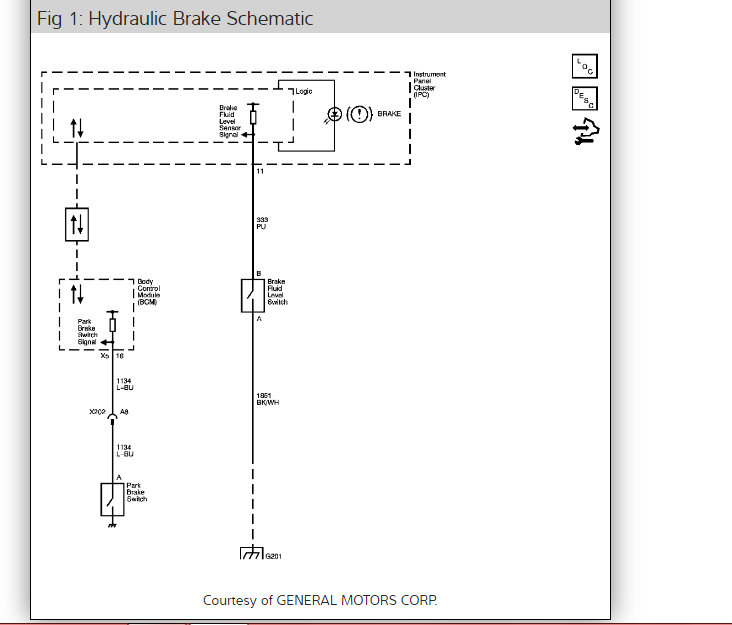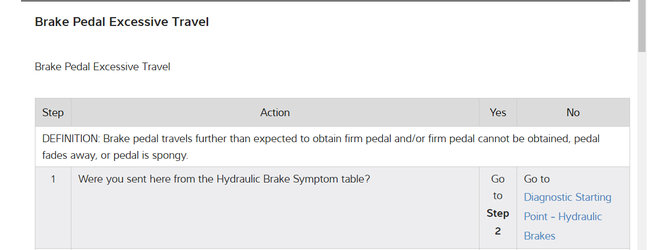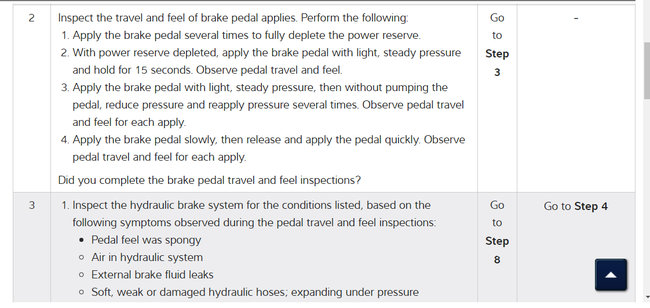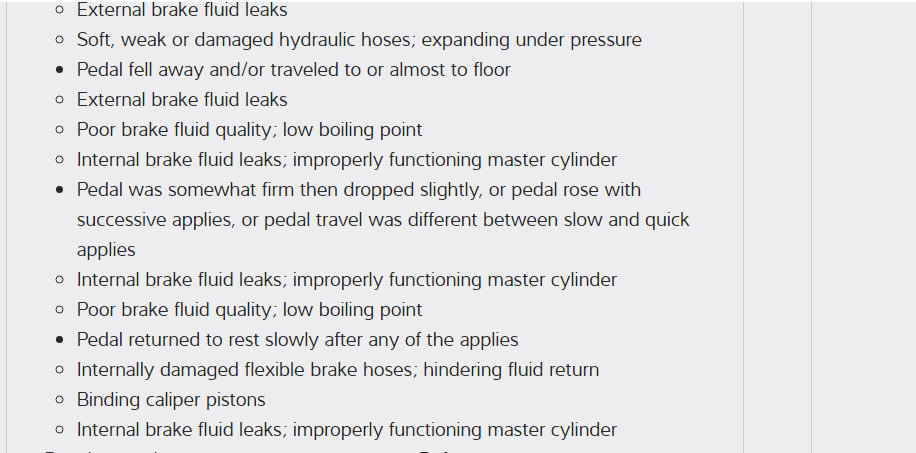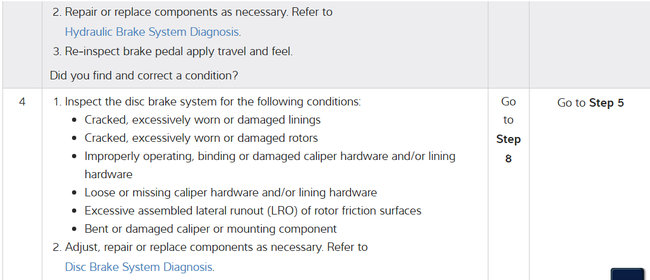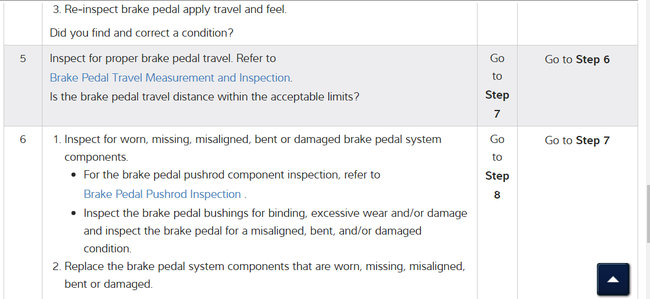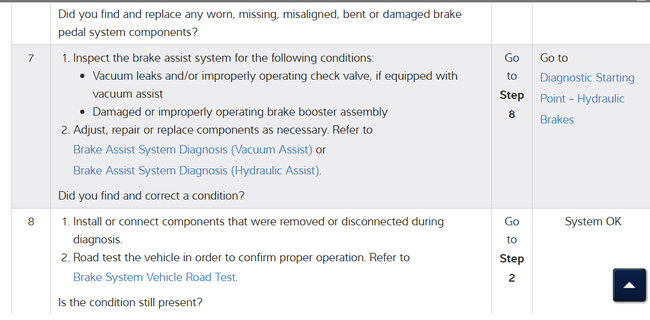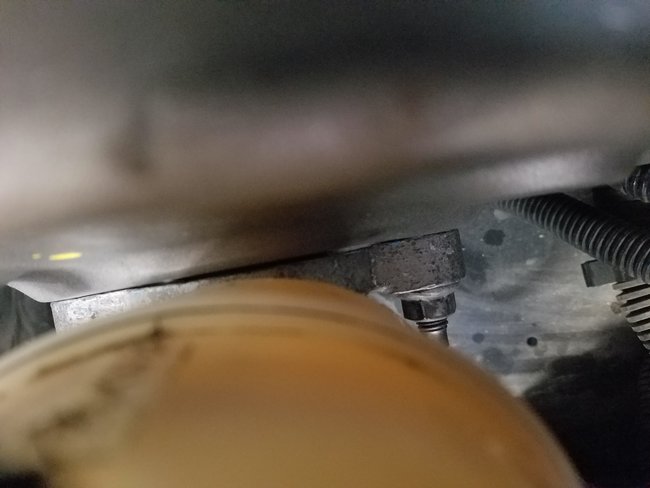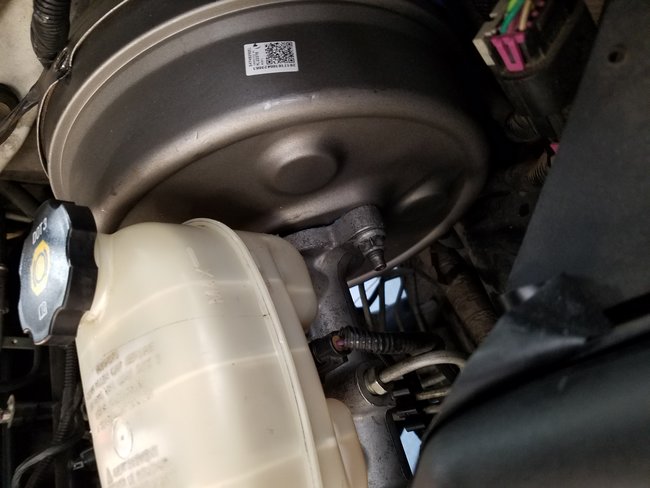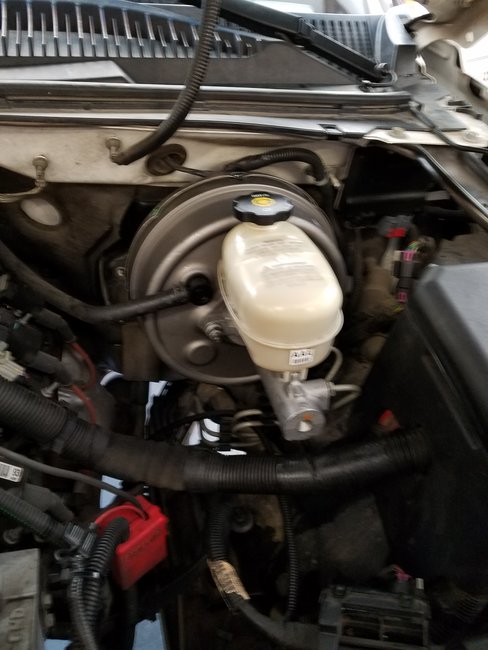Wednesday, April 17th, 2019 AT 12:45 PM
I replaced my brakes (rear drums and shoes, front rotors. Pads I replaced about five months ago, left them on.) I wanted to flush some old fluid out so I went to bleed the lines. My front two caliper bleed screw were stripped and I ruined them even further over the course of two days trying to get them off with everything I had. Went and bought two new calipers. Replaced calipers, guide bolts, banjo bolt. (Calipers are on the correct side, bleeder on top) when I finished I bled the brakes. (RR, LR, RF, LF) until all visible air was out. (Went through two bottles of fluid) Hopped in truck and felt pedal with truck off. Felt nice and solid. I was feeling good. Cranked up truck, pedal sank to the floor. Not good. Bled two more times all the way around to be sure. No luck. Took to shop. They bled forever. No better. They said either master cylinder or booster. I argued about the booster because pedal was soft and not rock solid. I pulled my booster line off after I limped it home and heard a heck of a vacuum release. So I assumed booster was good. Decided to replace master as I suspected a busted seal. (Take to mind I had no issues other than a slightly spongy pedal before all of this work). Took master out and sure enough the front seal closest to the booster was frayed and torn all the way around. Good right? I bench bled the new master, installed it to the booster and bled the lines at the master. I then bled all four wheels again, just shortly checking for air. Hop in truck and pedal still sank to the floor. This is where I am at. I do have a new strange symptom now. I was in my driveway and drove the truck back and forth, five feet or so applying the brake and a couple of those times the brakes locked on when in drive with no throttle and it actually pulled to the right once when I pulled forward. I did one last check by pulling the master off the booster (lines still attached) and felt the piston was resting against the snap ring (as in it hadn’t gotten stuck in the depressed position). I’m just asking for help now because I’m now getting confused as to what could be going on.
